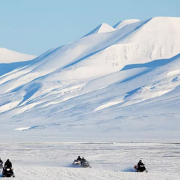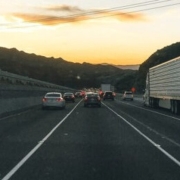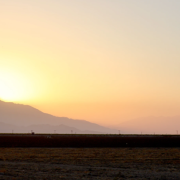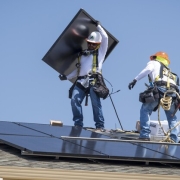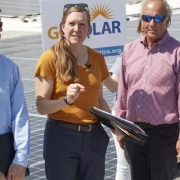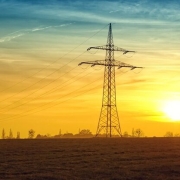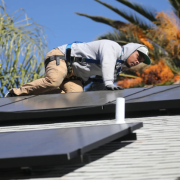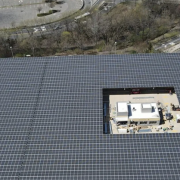Norway has installed the world’s northernmost ground solar panels in its Svalbard archipelago, a region plunged in round-the-clock darkness all winter.
The pilot project could help remote Arctic communities transition to green energy.
Neatly lined up in six rows in a field, 360 solar panels will on Thursday begin providing electricity to an old shipping radio station, Isfjord Radio, now converted into a base camp for tourists.
The windswept archipelago – also known as Spitsbergen – is located some 1,300 kilometres from the North Pole and is accessible only by boat or helicopter, weather permitting.
Click here to read the full article
Source: Euro News
—
If you have any questions or thoughts about the topic, feel free to contact us here or leave a comment below.

